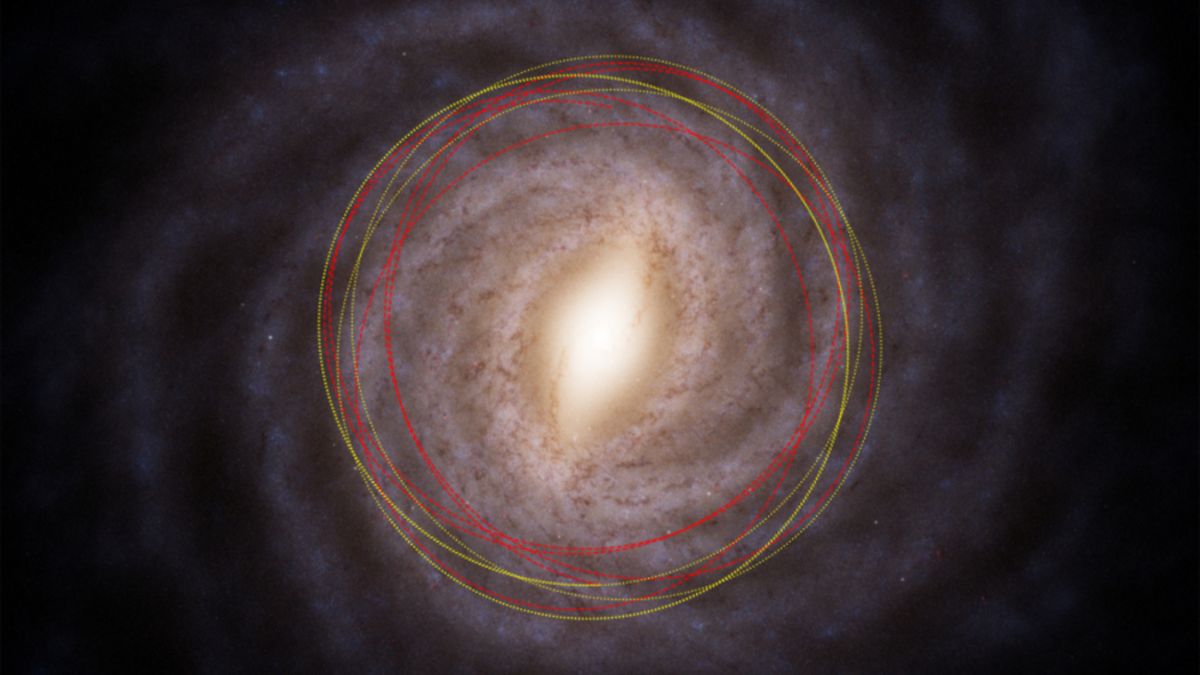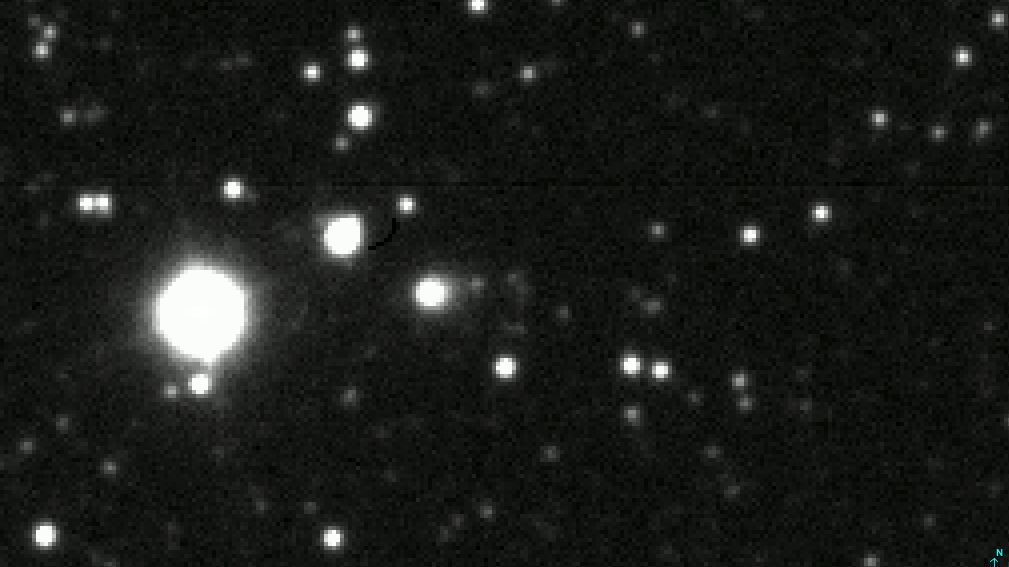Follow us on Google News (click on ☆)
Astronomers estimate that this interstellar comet, traveling at over 130,000 mph (210,000 km/h), is approximately 3 billion years old. Its origin likely traces back to a region of the Milky Way very different from where our Solar System resides.

New simulations showing the probable origin of 3I/ATLAS in the Milky Way's thick disk.
Credit: M. Hopkins/Ōtautahi-Oxford team. Base map: ESA/Gaia/DPAC, Stefan Payne-Wardenaar, CC-BY-SA 4.0
The study of 3I/ATLAS was made possible by a computer model developed by researchers at the University of Oxford. This model, fed with data from the Gaia space observatory, can trace the trajectories of interstellar objects. The results suggest an origin in the Milky Way's 'thick disk', an area rich in ancient stars.
The composition of 3I/ATLAS particularly interests scientists. Rich in water ice, it could develop a spectacular tail as it approaches the sun. This phenomenon, caused by the vaporization of ice by solar rays, would offer a unique spectacle to both amateur and professional astronomers.
Researchers remain cautious, however. The data still needs to be confirmed by additional observations. Nevertheless, 3I/ATLAS represents a rare opportunity to study an object from another part of our galaxy, providing valuable clues about the formation of stellar systems.
The arrival of 3I/ATLAS in our cosmic neighborhood is a rare event. Only two other interstellar objects have been identified before. Each of these visitors offers a unique chance to learn more about the universe beyond our Solar System.

3I/ATLAS is an interstellar comet heading toward the sun at over 130,000 mph (210,000 km/h).
Credit: Olivier Hainaut et al./European Southern Observatory
What is an interstellar comet?
An interstellar comet is a celestial body that does not originate from our Solar System. Unlike traditional comets, which are gravitationally bound to the sun, these visitors pass through our system at high speed before returning to interstellar space.
These objects are relics from the early days of stellar system formation. Their study helps scientists understand the conditions that existed during the birth of stars and planets in other parts of the galaxy.
Interstellar objects are detected using specialized telescopes that scan the sky for unusual movements. Once spotted, their trajectory is analyzed to determine if they come from outside the Solar System.
Programs like ATLAS (Asteroid Terrestrial-impact Last Alert System) play a crucial role in this hunt. They enable continuous sky monitoring, increasing the chances of capturing these fleeting visitors.
Once identified, an interstellar object is studied in every possible way. Spectroscopy, photometry, and orbital modeling are among the tools used to uncover its secrets. These studies help understand not only the object itself but also the stellar environments from which it originated.